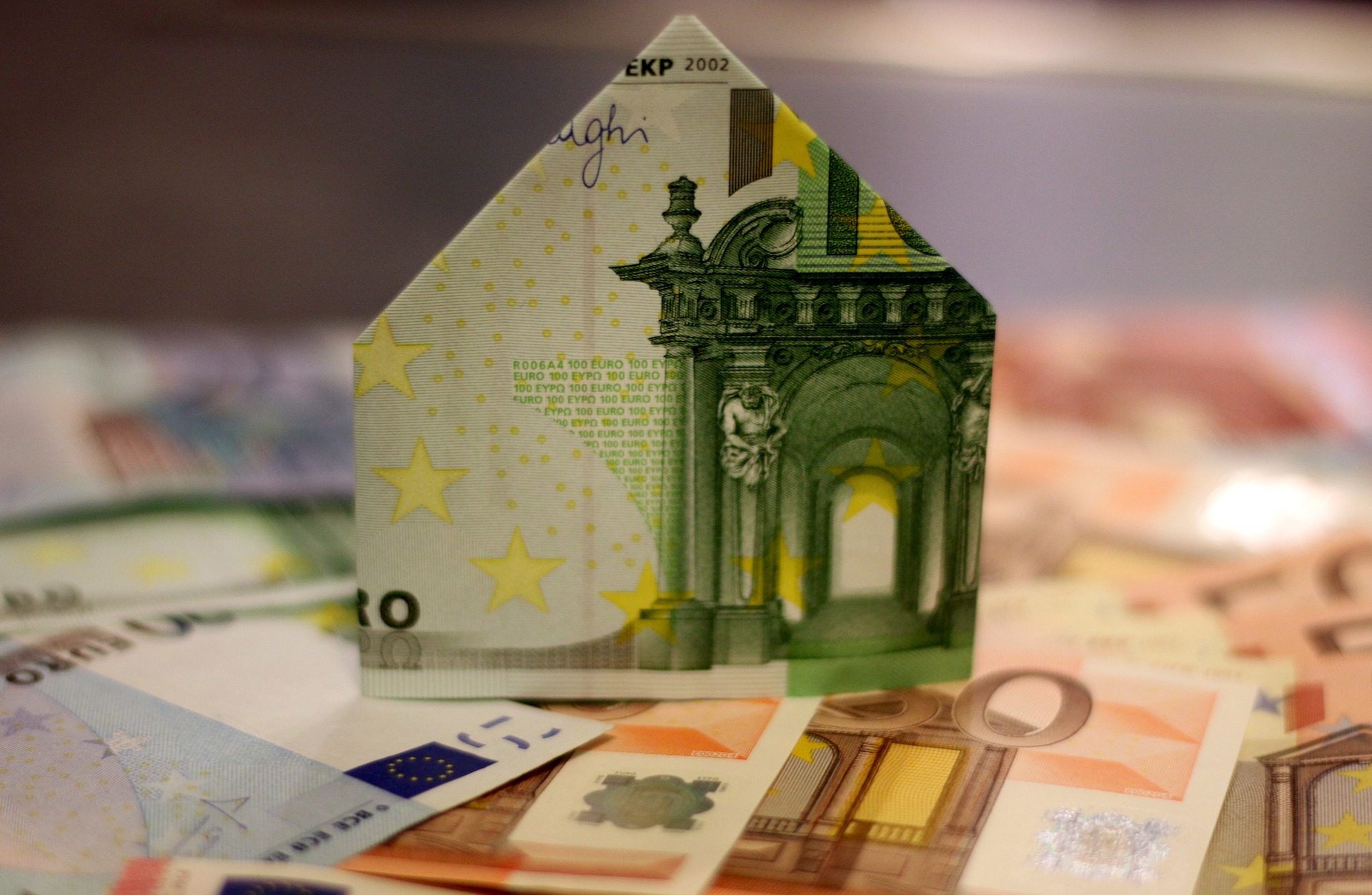
Acquiring a good rate on a mortgage feels more like a comparison shopping. It involves more than just your credit score. The mortgage industry involves multiple factors to know if you qualify for a mortgage as well as the interest you will pay.
There’s a lot that goes on. Mortgage rates differ by several percentage points based on the factors that we will tackle below.The difference can mean a higher or lower monthly payment as well as differences in interest payments over the loan’s life.
If you’re looking to get the best mortgage rate there is, you need to ensure that you’re well-qualified. Here are some of the key criteria that mortgage lenders assess, as well as a couple of tips you can use to boost your current standing.
Credit scores
These day’s mortgage lending is based on tiered pricing where rates are adjusted based on multiple criteria. Generally, the higher your credit score, the lower your mortgage rate is, all other things being equal.
The best mortgage rates are made available to borrowers who managed to have a credit score of 760 or above. As your score goes down, the interest rate also goes up. With some exceptions, the lowest score you need to qualify for a mortgage is usually set at 620. Today’s rates of 5.022% are applied to 620 score while 3.433% is given to those with 760 score or higher.
In theory, it’s possible to qualify with a credit score of 500. You may be required to pay a minimum down payment of at least 10%.
Your income stability and employment
Mortgage lenders look for candidates that have a steady job or at least two years. Long periods of unemployment don’t do well in applications, and neither will a pattern of declining earnings. Lenders are also strict when it comes to self-employment income.
Your debt-to-income-ratio. This comes in two forms. The back-end ratio evaluates the total of all your monthly debt payments as well as the proposed new housing payment, divided by your monthly gross income. The front-end ratio analyses your housing costs but doesn’t take intoaccountof all other debts. Banks have historically look for the front-end ratio of no more than 28% plus a back-end ratio of no more than 36%. Based on the type of mortgage and other key factors, these ratios can go higher as well.
Your down payment
Most banks generally want you to be able to provide a minimum down payment of 20% of the home’s purchase price so you can get the best mortgage rates. Because mortgages are price adjusted depending on the risk factors, providing a loan with 5-10% down is a considered very riskycompared witha 20% down, and thus will incur a higher interest rate.
End Note
After positioning yourself for the best mortgage rate, the next step is to comparison shop for the cheapest home loans offered by top loan providers. Fortunately, that’s become very easy to do because of the internet. Don’t forget to research exhaustively and only commit to a provider you’re comfortable with since you’re locked in with them for a long time. Best of luck!